First published in The Times of Israel – https://blogs.timesofisrael.com/the-story-of-little-lulek-and-us-all/, as well as in Tribune Juive ( Paris, France) and The Jerusalem Connection Report ( Washington, D.C.).
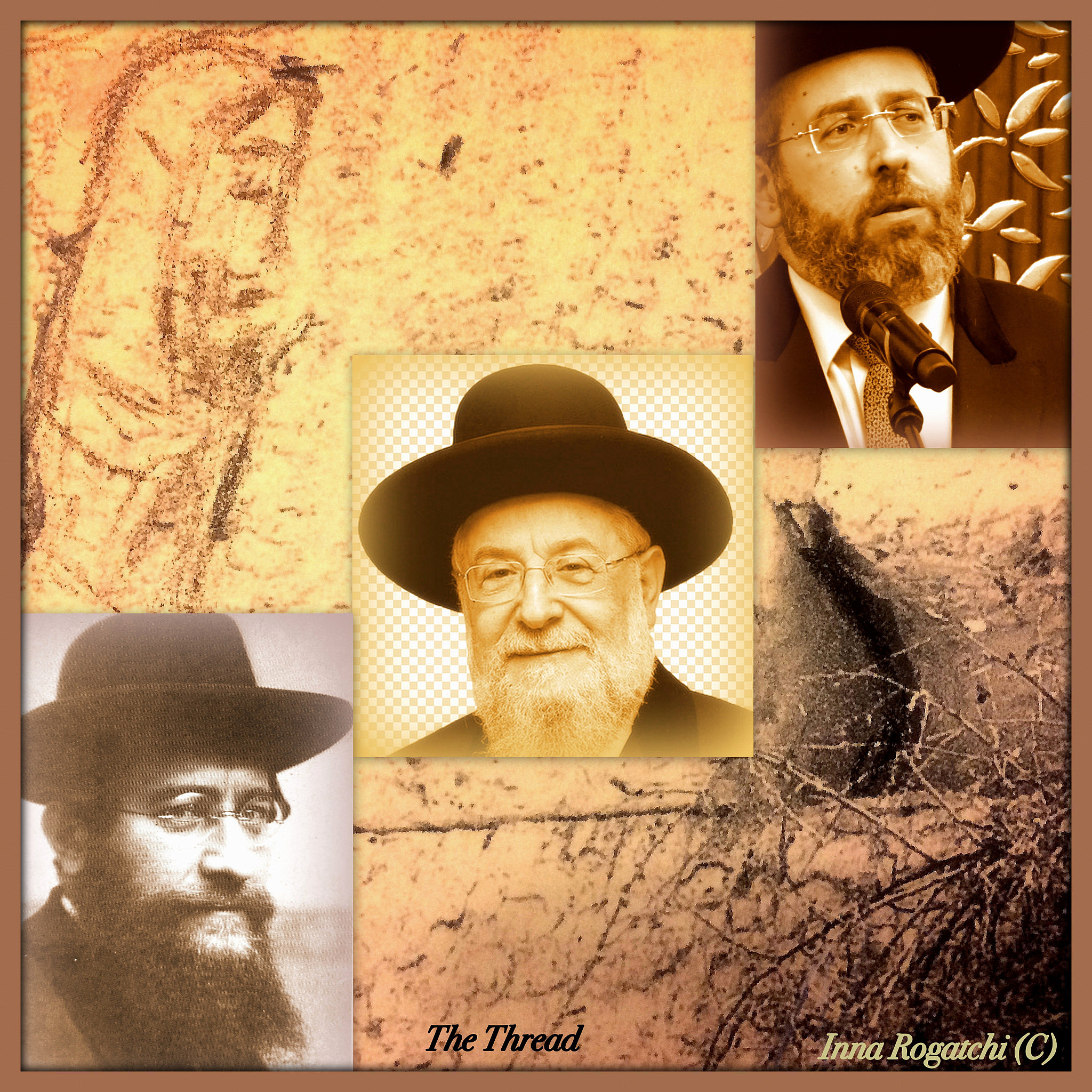
Some half of a year after the Shining Souls was presented at the European Parliament in January 2017, we met and talked with Rabbi David Lau, the current Chief Rabbi of Israel, now the 39th generation of the Lau rabbinic dynasty. We were discussing the event in Brussels, and I did show to Rabbi David the brochure with the text about his father. He was deeply moved. And I was also deeply moved by his love for his father and their family. Deep, warm, human, very quiet, not manifesting, noble love. I still remember that moment with a huge gratitude to the Creator for being able to witness such pure and sincere human emotions.
The person next to Rabbi David who was reading the text while Rabbi David was full into emotions, was not aware of those details. He was asking Rabbi David if that had had the place, and Rabbi David who could not quite talk, was only nodding to him. The man felt silent and was sitting for a long time deep in his thoughts amidst lots of activities around us.
I’ve met Rabbi David on several various occasions in Israel before, and I knew that he is a very thoughtful and deep person, and very compassionate and humane, as well.  Inna Rogatchi (C). Portrait of Ashkenasi Chief Rabbi of Israel David Lau. Fine art photography. Limited Edition. 2017.
Inna Rogatchi (C). Portrait of Ashkenasi Chief Rabbi of Israel David Lau. Fine art photography. Limited Edition. 2017.
Recently, I was deeply impressed by his reaction, his stand, and everything he did and stated in the wake of the tragedy in Meron. As we all know, there were different reactions. But Chief Rabbi David Lau who happened to be in Meron at the time of the disaster, was gentle, compassionate, understanding, fair, intelligent, wise and honest – just like his father.
I will never forget one photograph of so many that we all saw from the place of the tragedy. The Chief Rabbi of Israel was crying stepping a bit aside in Meron, so unpretentiously, so humanly that it went straight to the heart. “This is what the real Rabbi is about” – said my husband. I cannot agree more.
These days, we are thinking on the Second World War again, on Holocaust, on all its victims. We have been doing it for 76 years already, and it still feels as if it had happened yesterday. Because of the magnanimity of the crime? Because of the unspeakably cruel violation of so many innocent souls? Or because the eyes of little Lulek witnessing his mother taken in that horrifying track are still there, at the scene, the whole life after, day and night? Inna Rogatchi (C). Kotel II. Fragment. Crayons Luminance on authored original archival print on cotton paper. 45 x 60 cm. 2020. Private collection, London, the UK.
Inna Rogatchi (C). Kotel II. Fragment. Crayons Luminance on authored original archival print on cotton paper. 45 x 60 cm. 2020. Private collection, London, the UK.
There were so many little Luleks, so many fathers murdered, so many mothers taken, so many little sisters, like the one of Elie Wiesel’s, were thrown in the fire, alive, so many of young Minas, like my great-aunt, were murdered in a cold blood, along with all those women, and men, and children, and elderly, and those who were not born as yet, as their pregnant mothers were exterminated.
Of course, we all are Holocaust survivors. Rabbi Yisrael Lau is absolutely right on that. For us to remember that, to comprehend that, and to live accordingly, on so many levels, it is needed that we would be reminded by people like him, in all his characteristic intellectual honesty and that special humane shining of the Lau family.
We need to see little Lulek’s eyes, in the 38th, and the 39th, and the following generations of this extraordinary rabbinic dynasty that has not been interrupted, against all odds, for it has the purpose which they are carrying on in this unmanifested, highly intelligent, deeply understanding, very moving, noble and quiet way. As real Rabbis should.  Inna Rogatchi (C). The Thread. Rabbis Lau in 37th, 38th and 39th generations. Fine art collage mounted on Inna Rogatchi’s Kotel original drawing. 60 x 60 cm. 2021.
Inna Rogatchi (C). The Thread. Rabbis Lau in 37th, 38th and 39th generations. Fine art collage mounted on Inna Rogatchi’s Kotel original drawing. 60 x 60 cm. 2021.
I think I know why little Lulek was saved in the Churban. I have no slightest doubt about it. Only unlimited gratitude.
May 2021
‘All the Jews are Holocaust Survivors’
‘To tell you the truth, all the Jews of the world are Holocaust survivors’ – said legendary Rabbi Yisrael Meir Lau, 83-year old, in his speech on the 76-th anniversary of the end of the Second World War. I always thought this way, ever since I learned about Holocaust in my early age. Holocaust lived in our family, as it lived in the families of everyone we knew, and those we did not.
It was personal, and it was not personal at the same time. It was and is cosmic. Both, that crime and that survival.
When I was younger, I could not understand how on earth some people who survived in the Shoah did not tell their children what they had come through. I had that marginalised, insensitive attitude until I have read the devastating books of Aharon Appelfeld when I finally realised that there had been such horror that many people simply could not start to recall it. By the time I’ve come to this conclusion, I learned about the Shoah a lot, methodically, professionally, from the first-hand witnesses. Still, each story is a revelation. Because of a simple fact: it was a living soul to be subjected to the worst of nightmares.  Inna Rogatchi (C). Landscape of Jewish Memory. Watercolour, wax pastel, oil pastel, lapice pastel, encre l’alcool, perle le blanc on authored original archival print on cotton paper. 50 x 70 cm. 2017.
Inna Rogatchi (C). Landscape of Jewish Memory. Watercolour, wax pastel, oil pastel, lapice pastel, encre l’alcool, perle le blanc on authored original archival print on cotton paper. 50 x 70 cm. 2017.
While my grandmother was always speaking on her murdered young sister Mina, my grandfather always clinched his jaws in a lead-like silence regarding his mother and father and the other relatives annihilated in the Shoah. While my mother spoke often about her murdered aunt and uncle, my father kept silent and was getting white while thinking of his aunt and her murdered family.
But they all were present in our lives, always, day and night. Their souls were living under the same roof with us.
Although it took too long for me to fully understand the reasons of silence of those of the Jews who could not open up on the Shoah, I always thought in awe of those who did. Because such an opening means a repetition, and everything evoked by it. Elie Wiesel, who we had an honour to know, for many decades was unable to say a word about his little sister whose terrible death he had to witness, himself being just a 16-year old youth. Such a giant trauma the Shoah was for so many Jewish people that the horror that they lived through was still actively blocking their ability to narrate for decades. Just to think about it. Michael Rogatchi (C). Faces of Holocaust. Triptych. Part II. Child. Oil, Indian ink, black and white cotton paper, burn paper on cardboard. 70 x 50 cm. 1991-1992. Permanent Art Collection, Jewish community of Dnepr, Ukraine.
Michael Rogatchi (C). Faces of Holocaust. Triptych. Part II. Child. Oil, Indian ink, black and white cotton paper, burn paper on cardboard. 70 x 50 cm. 1991-1992. Permanent Art Collection, Jewish community of Dnepr, Ukraine.
My husband Michael who drew and painted only handful, but quite powerful Holocaust-evoked images during his long artistic career, always are thinking on the little boy whose mother was taken from him in the truck. He was just seven. That boy was waiting for sixty eight years for being able to describe that heart-wrenching scene that he bore with him all his life. As Elie Wiesel bore the similar scene of murder of his mother and little sister in the front of his 16-year old eyes.
Very rarely in our life, including tragic personal circumstances, I saw my husband crying. But it was the case while he was reading that book of that boy written almost seven decades after the events that the boy was made to witness at the age of seven. The name of this book is Out of the Depths, and its author is Rabbi Yisrael Meir Lau.  8-year old Lulek, future Rabbi Yisrael Meir Lau, with fellow Buchenwald survivor Eleazar Schiff on arrival to the port of Haifa, aboard the RMS Mataroa, July 15, 1945. Courtesy: Rabbi Yisrael Meir Lau.
8-year old Lulek, future Rabbi Yisrael Meir Lau, with fellow Buchenwald survivor Eleazar Schiff on arrival to the port of Haifa, aboard the RMS Mataroa, July 15, 1945. Courtesy: Rabbi Yisrael Meir Lau.
Because of the several extremely powerful photographs with that small boy survivor that has become the part of the documented legacy of Holocaust, because of that extremely powerful book, but mainly because of symbolic role of that child, Rabbi Yisrael by Providence has become as if existing in two images, two characters in our perception. The one is of the distinguished Rabbi who is widely respected and whose authority is overpassing many factions and groups inside the Jewish world and outside it. And the other one is of that boy, small Lulek, who has become the one of the most tangible, most powerful symbols of humanity, yes, deeply wounded, but ultimate humanity which prevailed evil.
The presence of little Lulek
I am positive that distinguished Rabbi Lau who was also the Chief Rabbi of Israel, and who is the Chairman of Yad Vashem, is able to maintain his superb and towering spiritual, intellectual and human qualities all his great life due to the fact that in parallel with him, Lulek in and just after the camps, always there. Even I can feel Lulek’s presence, what to say about Rabbi Yisrael himself.
That Lulek boy, what a destiny he has. He was the one whom American Rabbi Shacter had noticed being in the deepest shock possible, behind the pile of corpses in Buchenwald on the day of the American liberation of the camp in April 1945. Rabbi Schacter was the first American Rabbi entering the liberated Buchenwald, in the hour after the American troops had entered it. If not that boy, with that special expression in his eyes, Rabbi Shacter might lose his mind, he said himself, out of what he saw entering the camp. But in Lulek, he embraced life, and kept sane.
Yet before that, the soldier of the Soviet Army who was a prisoner in Buchenwald, did care for Lulek, was feeding him, protecting him, saving him. That soldier warmed and sheltered a small Jewish boy and wanted to adopt him. But it was also Lulek who was keeping the soldier willing to live, because the soldier in captivity had a purpose to survive to protect the child he wanted to adopt. Years and decades after the war, Lulek always remembered the soldier. The soldier always remembered Lulek. Chief Rabbi Lau was able to identify the soldier’s name, Fedor Michailichenko, and his whereabouts, Rostov-Don in southern Russia, years after Fedor’s passing. Still, Rabbi Lau has visited the place and met with Fedor’s daughters who told him how their father has lovingly remembered Lulek all the years of his life.  Inna Rogatchi (C). Ghetto Waltz I. Crayons Luminance on authored original archival print on cotton paper. 45 x 60 cm. 2019.
Inna Rogatchi (C). Ghetto Waltz I. Crayons Luminance on authored original archival print on cotton paper. 45 x 60 cm. 2019.
Lulek could not be adapted by the Soviet Army soldier, because he with his brother Naftaly, a real hero who did save his small brother in the camps, and who was the only surviving member of a large Lau family along with Lulek, were about to be sent to their relatives to Palestine, their uncle and his family.
I saw Rabbi Yisrael and heard him speaking many times in my life, fortunately, in Jerusalem and New York, in Warsaw and Tel-Aviv, on different occasions and at different venues. I remember all of those meetings, because we all were lucky to be in the presence of a great man. Ten years ago, I was honoured to be present at the launching of the English version of Out of the Depth book at the Jewish Book Fair in London where Lord Rabbi Sacks was presenting Rabbi Lau’s extraordinary memoir.
Arguably the best public speaker in the modern Jewish world, Rabbi Jonathan who never had any kind of difficulties at his brilliant public speeches, simply had to do it that time very slowly, with many pauses in between his deeply emotional words, and we all standing around, grasped for extra air every time during each of those many pauses. I always was deeply impressed by dear Rabbi Jonathan’s attitude to the Shoah. He had taken it to the very bottom of his kind heart, and it was always extremely personal for him.  Michael Rogatchi (C). Final Solution. Oil on canvas. 88 x 68 cm. 1994.
Michael Rogatchi (C). Final Solution. Oil on canvas. 88 x 68 cm. 1994.
Of all these encounters, I will never forget the meeting with Rabbi Yisrael in his office when from the first second my eyes were completely magnetised by one picture of Rabbi’s wall, and there are many of them there. But this one which is situated closest to the Rabbi’s chair was special. It was his father, the last Rabbi of Piotrkow Tribynalski, the city in Poland which has its special role in the history of Holocaust. It was in that very place that the first Jewish ghetto of the Second World War had been established as early, as in October 1939. As many, as 25 000 people were cramped in there, with 22 000 of them, the entire Jewish community, from the city itself. Rabbi Moshe Chaim Lau was their last Rabbi. With all of them, in its entirety, he was exterminated in Treblinka.  Rabbi Moshe Chaim Lau, the last Rabbi of Piotrkow Tribunlaski in Poland, father of Rabbi Yisrael meir Lau. Courtesy: Rabbi Yisrael Meir Lau.
Rabbi Moshe Chaim Lau, the last Rabbi of Piotrkow Tribunlaski in Poland, father of Rabbi Yisrael meir Lau. Courtesy: Rabbi Yisrael Meir Lau.
Rabbi Moshe Lau was the Rabbi in the Lau family in the 37th generation. Just to think about it. The line was not interrupted throughout all the tremendous turmoil of the history of Jews in Poland during about one thousand years. With Rabbi Moshe being murdered by the Nazis, and his two sons both in young age, being in the Nazi concentration camps, the danger of breaking the silver thread was imminent. When I read about the history of the Lau family, and compared it with what I knew of the family’s tragedy in the Shoah, I thought so very often: “How absolutely awful it could be if such a special, strong line of Rabbis which never exists on its own, but is predestined to be for important purposes and missions, could be interrupted, ended , G-d forbid. It was so close to that because of the Shoah”.
I always feel proud for the entire Jewish people due to the fact that Rabbinic dynasty of Lau has sustained. I feel that it is an important fact not only in the history of one family, but for us all. It is the statement of our prevailing and our humanity. And this statement had been possible because of little Lulek and his heroic brother Naftali.
So, when I saw the old photograph of Rabbi Moshe Lau next to his son’s chair over the Chief Rabbi of Israel desk, I could not think about anything else, frankly. Rabbi Yisrael did notice it, as he always does, and told me, gently but proudly: “It is my father”. – “I know, dear Rabbi Yisrael” – I responded – “ I know this photograph, and I think that your father’s soul feels very happy that the dynasty is preserved”. We smiled, quietly. Both Rabbi Shlomo, murdered in Treblinka, and little Lelek were in the room with us at that moment, we all knew it.
Rabbi Yisrael, as I know first-hand, is always honest about the lessons of the Holocaust – which is none, frankly. “I am afraid people did not learn about Holocaust”, he said to us once. I cannot agree more with Rabbi Yisrael, but to hear it from the person of his destiny was hardly bearable.
Shining Souls
Naturally, Rabbi Yisrael has become the one of the central characters in my Shining Souls project which is paying tribute to Holocaust heroes, Jews and non-Jews.  Inna Rogatchi (C). HATIKVAH. Homage to Rabbi Yisrael Meir Lau. Shining Souls project. Original art panel. 70 x 50 cm. 2017.
Inna Rogatchi (C). HATIKVAH. Homage to Rabbi Yisrael Meir Lau. Shining Souls project. Original art panel. 70 x 50 cm. 2017.
My highlight next to the artwork dedicated to Rabbi Yisrael Lau was this:
On April 11th, 1945, an hour after the liberation of Buchenwald, the American officer had bumped into a small shy inmate boy who was hiding behind a giant pile of corpses. “What’s your name?”, – the officer who happened to be the US Army Chaplain Rabbi Herschel Schacter, asked the boy, with his own heart pumping as mighty, as it never did before. “Lulek”, – the boy said quietly. “Come with me, Lulek, my boy”, – said the officer taking the surviving 7-year old by hand tightly. The officer did not ask Lelek about his parents. He did correctly. They and the entire family of Lelek, except his elder brother Naphtali who heroically saved him in the hell of the camps, were murdered. Additionally to the brother, it was the Providence that saved that boy, prompting him to continue uninterruptedly the noble dynasty of thirty seven generations of Rabbis of the Lau family, and to eventually become the Chief Rabbi of the State of Israel known as the outstanding public figure to the whole world. The sons of Rabbi Yisrael Meir Lau are continuing the Rabbinic Lau dynasty today in its 39th generation. Am Israel Chai!’


 Michael Rogatchi (C). Strength of Love. Oil on canvas. 120 x 100 cm. 2016. Zion Waltz series.
Michael Rogatchi (C). Strength of Love. Oil on canvas. 120 x 100 cm. 2016. Zion Waltz series. Michael Rogatchi (C). Under the Jerusalem Skies. Oil on canvas. 110 x 90 cm. 2016. Zion Waltz series.
Michael Rogatchi (C). Under the Jerusalem Skies. Oil on canvas. 110 x 90 cm. 2016. Zion Waltz series. Inna Rogatchi (C). Gog & Magog I. Hidden Windows series. Watercolour, oil pastel, wax pastel, lapice pastel, crayons Luminance on authored original archival print on cotton paper. 50 x 70 cm. 2020.
Inna Rogatchi (C). Gog & Magog I. Hidden Windows series. Watercolour, oil pastel, wax pastel, lapice pastel, crayons Luminance on authored original archival print on cotton paper. 50 x 70 cm. 2020. Inna Rogatchi (C). Shavuot Window I. Watercolour, oil pastel, wax pastel, lapice pastel, crayons Luminance on authored original archival print on cotton paper. 40 x 50 cm. 2020.
Inna Rogatchi (C). Shavuot Window I. Watercolour, oil pastel, wax pastel, lapice pastel, crayons Luminance on authored original archival print on cotton paper. 40 x 50 cm. 2020. Michael Rogatchi (C). Shema, Israel!… Oil on canvas. 76 x 66 cm. 2003. Daily Miracles series.
Michael Rogatchi (C). Shema, Israel!… Oil on canvas. 76 x 66 cm. 2003. Daily Miracles series.
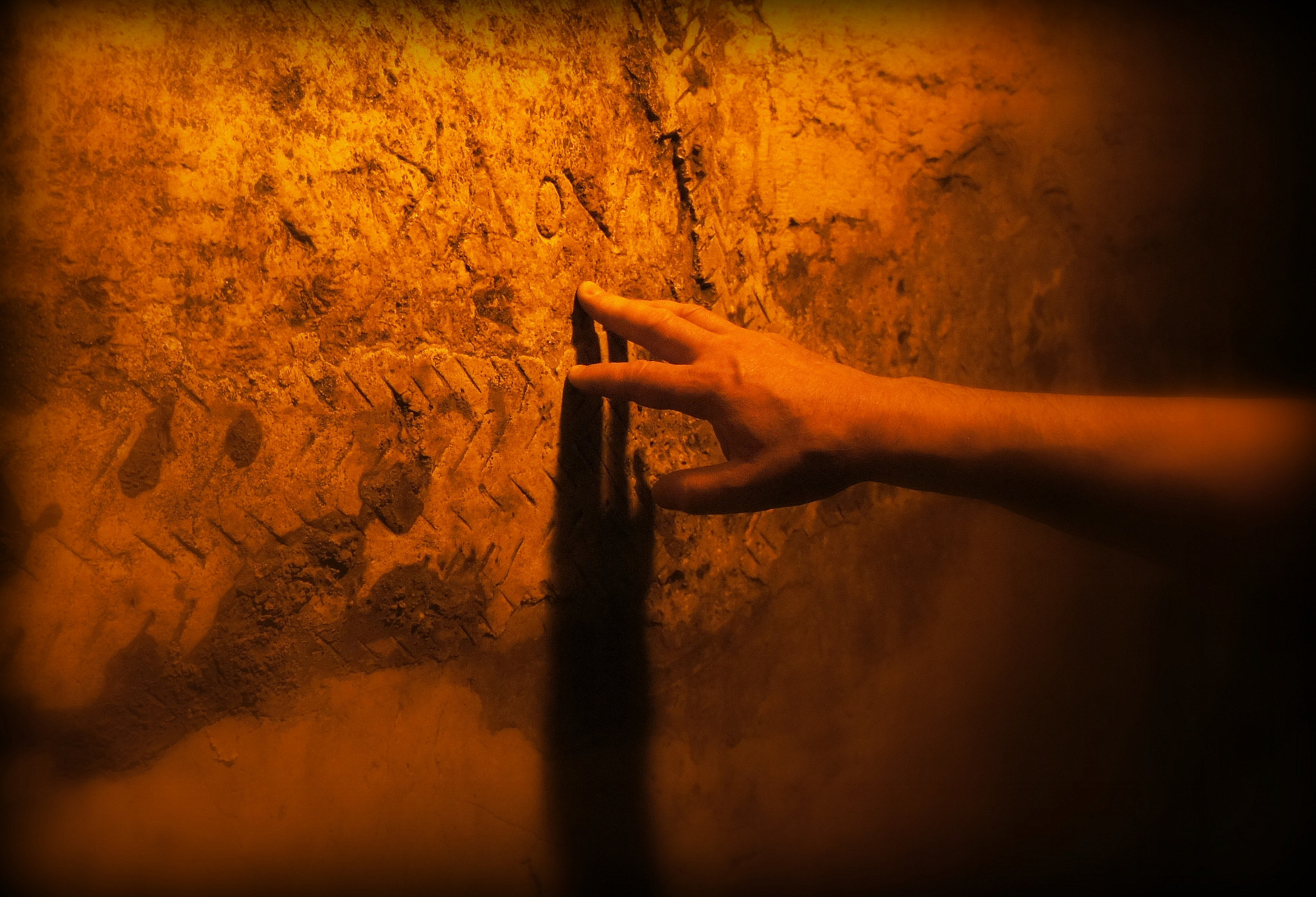 Inna Rogatchi (C). The Thread of Jerusalem. Fine art photography. Limited Edition. 2015.
Inna Rogatchi (C). The Thread of Jerusalem. Fine art photography. Limited Edition. 2015.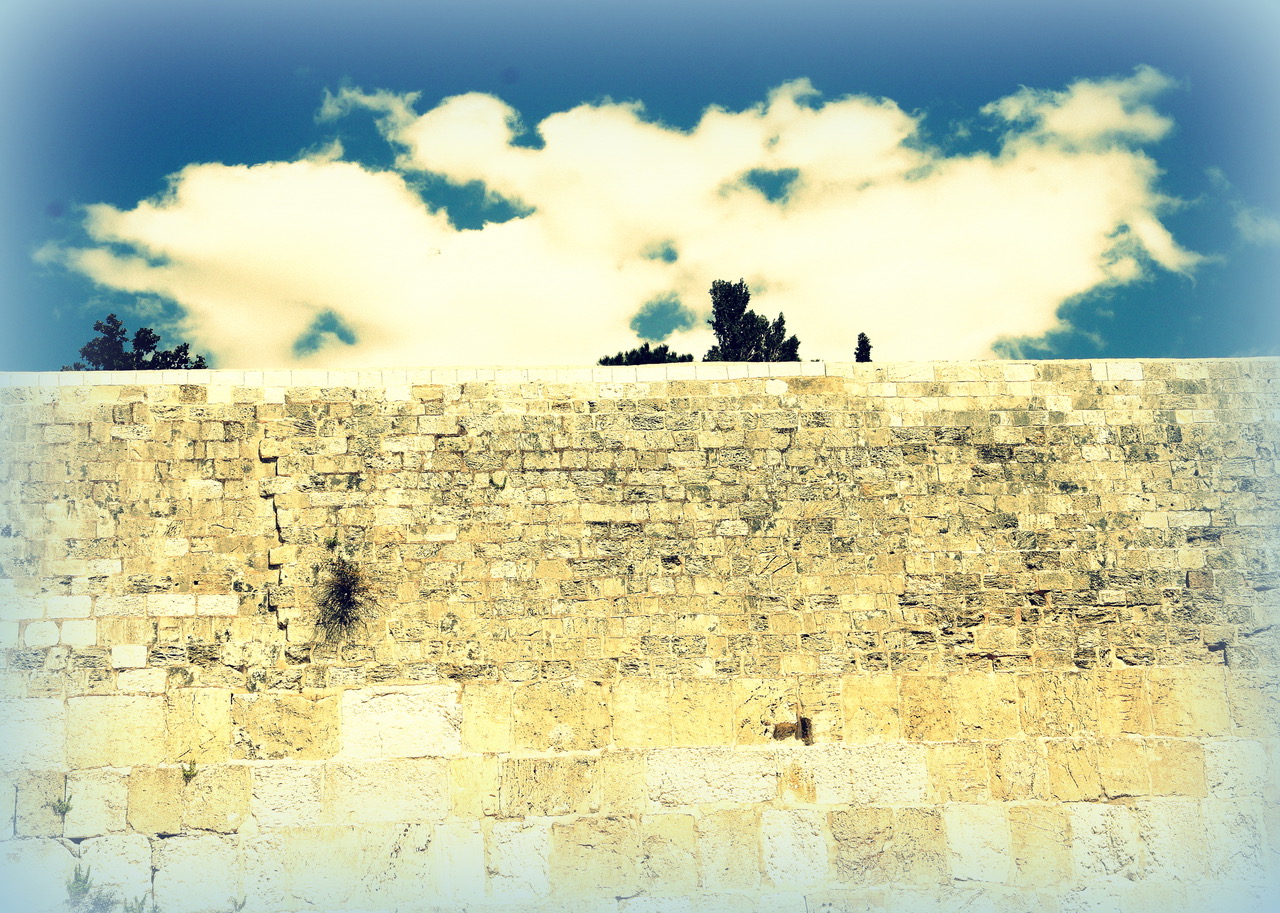 Inna Rogatchi (C). The cloud of Glory. Watercolour, wax pastel, oil pastel, lapice pastel, perle le blanc on authored original archival print on cotton paper. 50 x 70 cm. 2013-2020.
Inna Rogatchi (C). The cloud of Glory. Watercolour, wax pastel, oil pastel, lapice pastel, perle le blanc on authored original archival print on cotton paper. 50 x 70 cm. 2013-2020.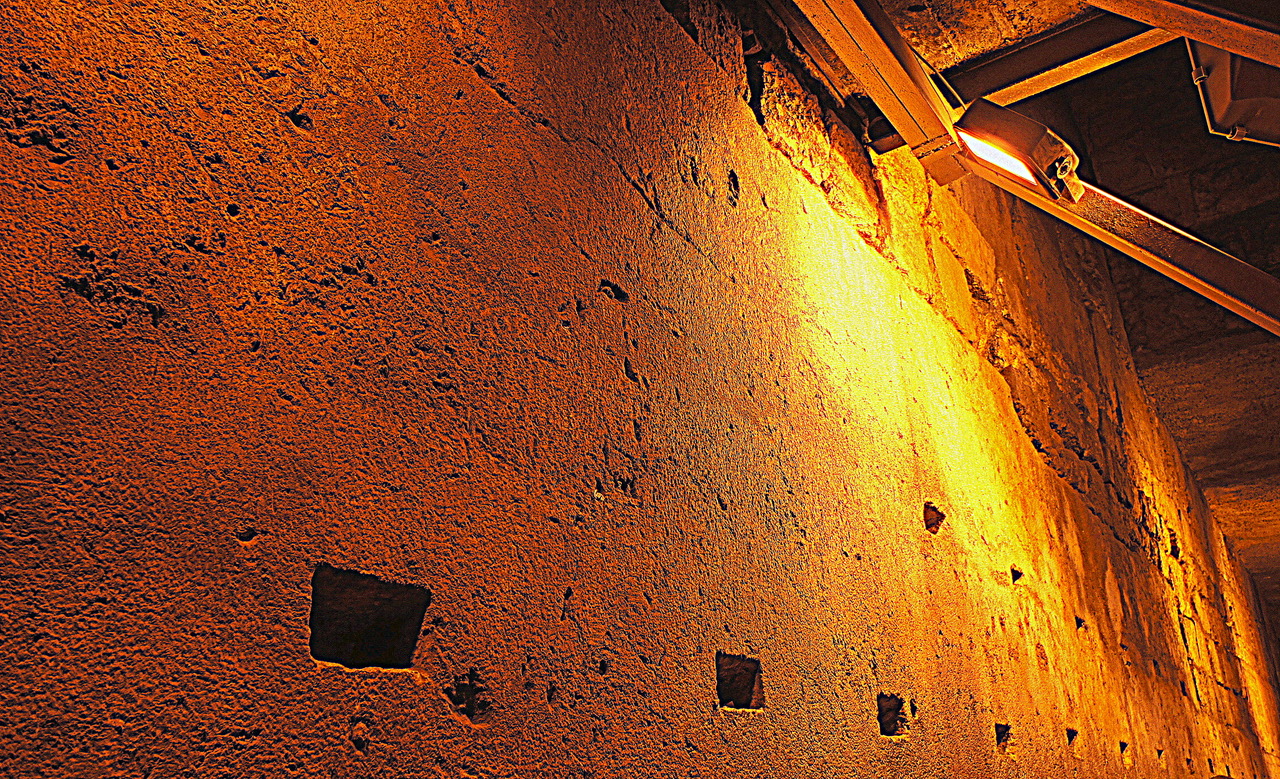 Inna Rogatchi (C). Giant of the Wall. The Temple Tunnel. Watercolour, wax pastel, oil pastel, lapice pastel, perle d’or on authored original archival print on cotton paper. 50 x 70 cm. 2014-2020.
Inna Rogatchi (C). Giant of the Wall. The Temple Tunnel. Watercolour, wax pastel, oil pastel, lapice pastel, perle d’or on authored original archival print on cotton paper. 50 x 70 cm. 2014-2020.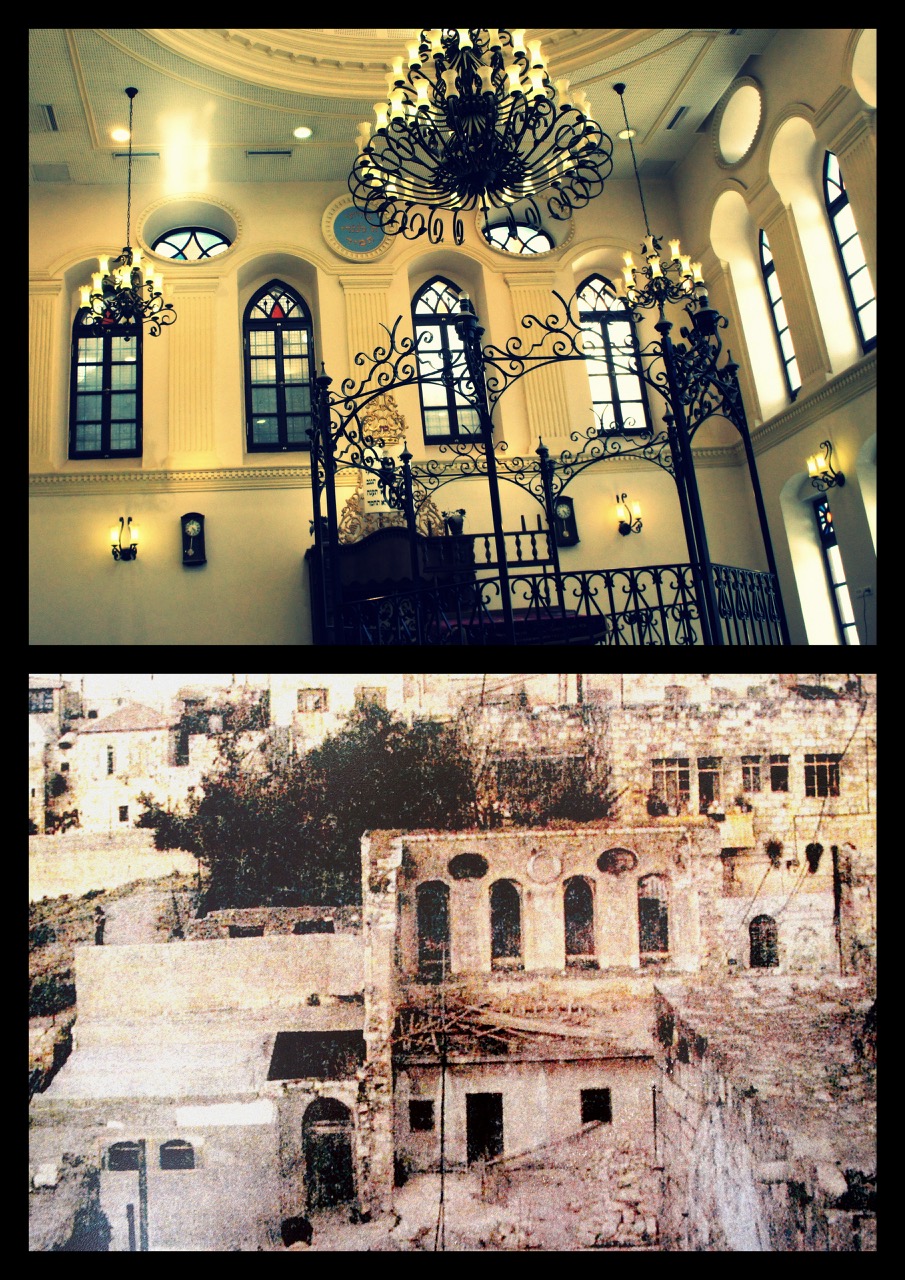 Inna Rogatchi (C). Ohel Yakov reborn. Fine art collage. 70 x 50 cm. 2014.
Inna Rogatchi (C). Ohel Yakov reborn. Fine art collage. 70 x 50 cm. 2014.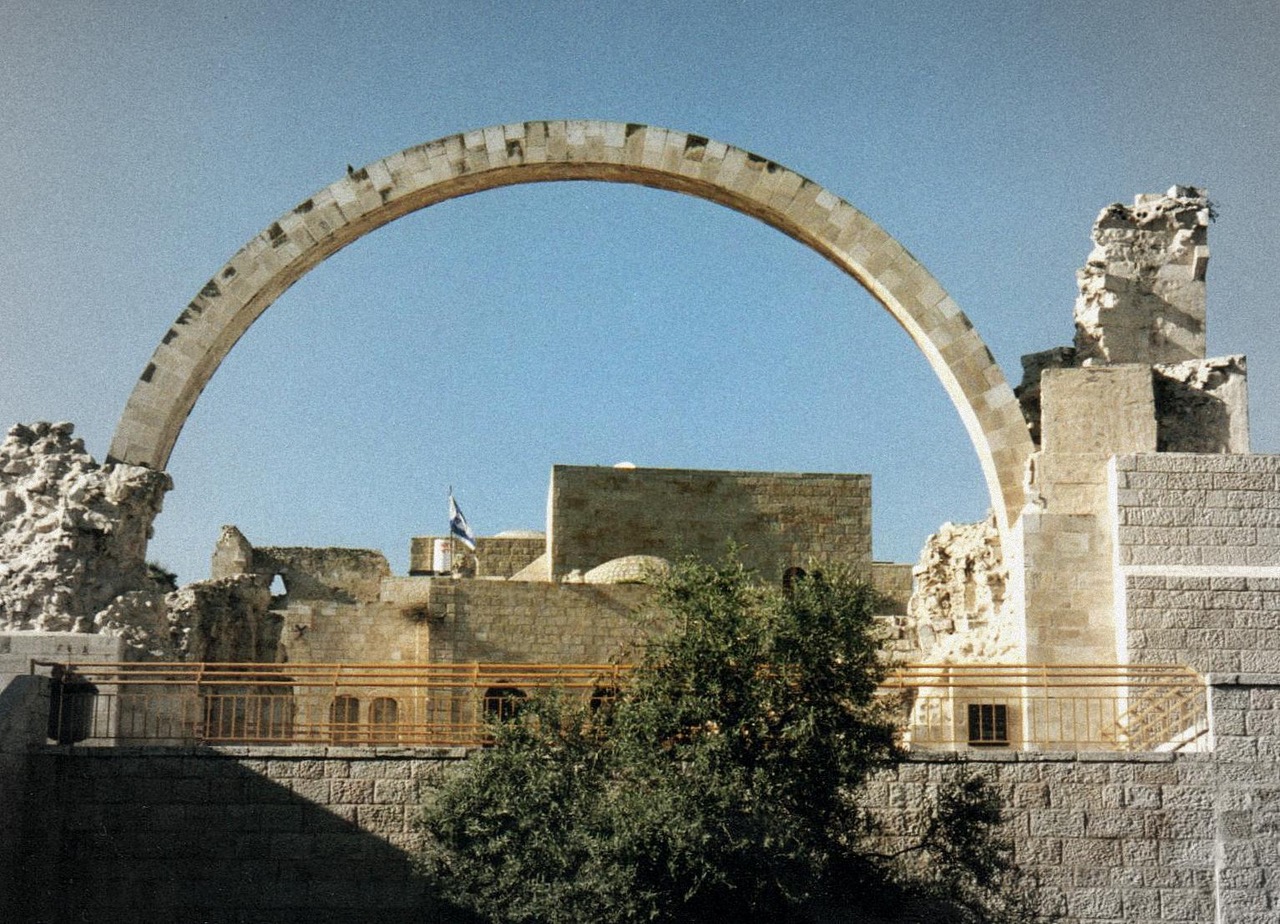 Inna Rogatchi (C). Hurva Reminisce. Fine art photography. Limited edition. 1993-2013.
Inna Rogatchi (C). Hurva Reminisce. Fine art photography. Limited edition. 1993-2013.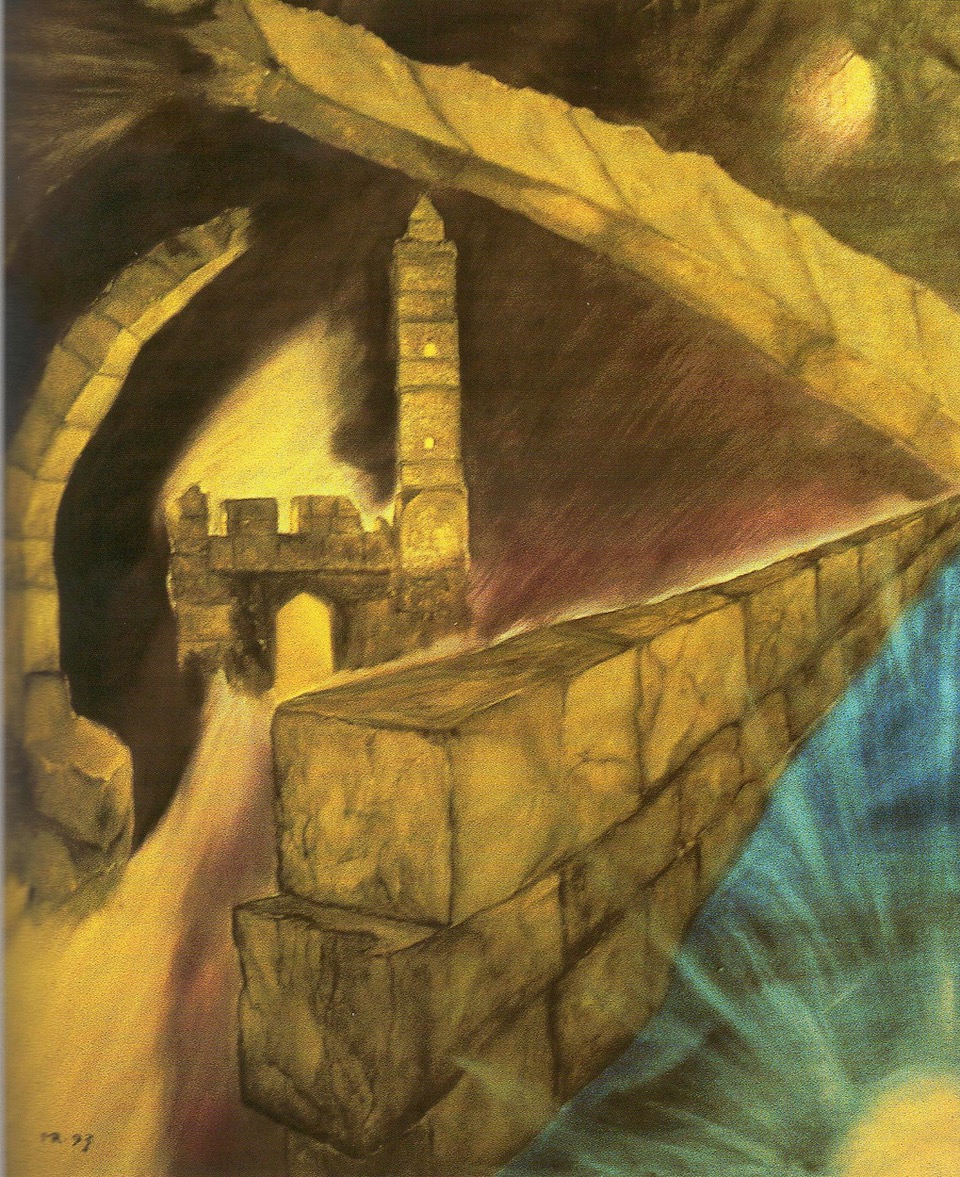 Michael Rogatchi (C). My Stones. Jerusalem. Oil on canvas. 110 x 90 cm. 1993. Permanent Art Collection, the Municipality of Jerusalem.
Michael Rogatchi (C). My Stones. Jerusalem. Oil on canvas. 110 x 90 cm. 1993. Permanent Art Collection, the Municipality of Jerusalem. Inna & Michael Rogatchi (C). Hurva Return. Fine art collage on canvas. Unique. 2013. Permanent Art Collection, the Chief Rabbi of Dnepr, Ukraine.
Inna & Michael Rogatchi (C). Hurva Return. Fine art collage on canvas. Unique. 2013. Permanent Art Collection, the Chief Rabbi of Dnepr, Ukraine. Michael Rogatchi (C). My Yerushalaim. Exclusive art poster. 100 x 80 cm. 2021.
Michael Rogatchi (C). My Yerushalaim. Exclusive art poster. 100 x 80 cm. 2021.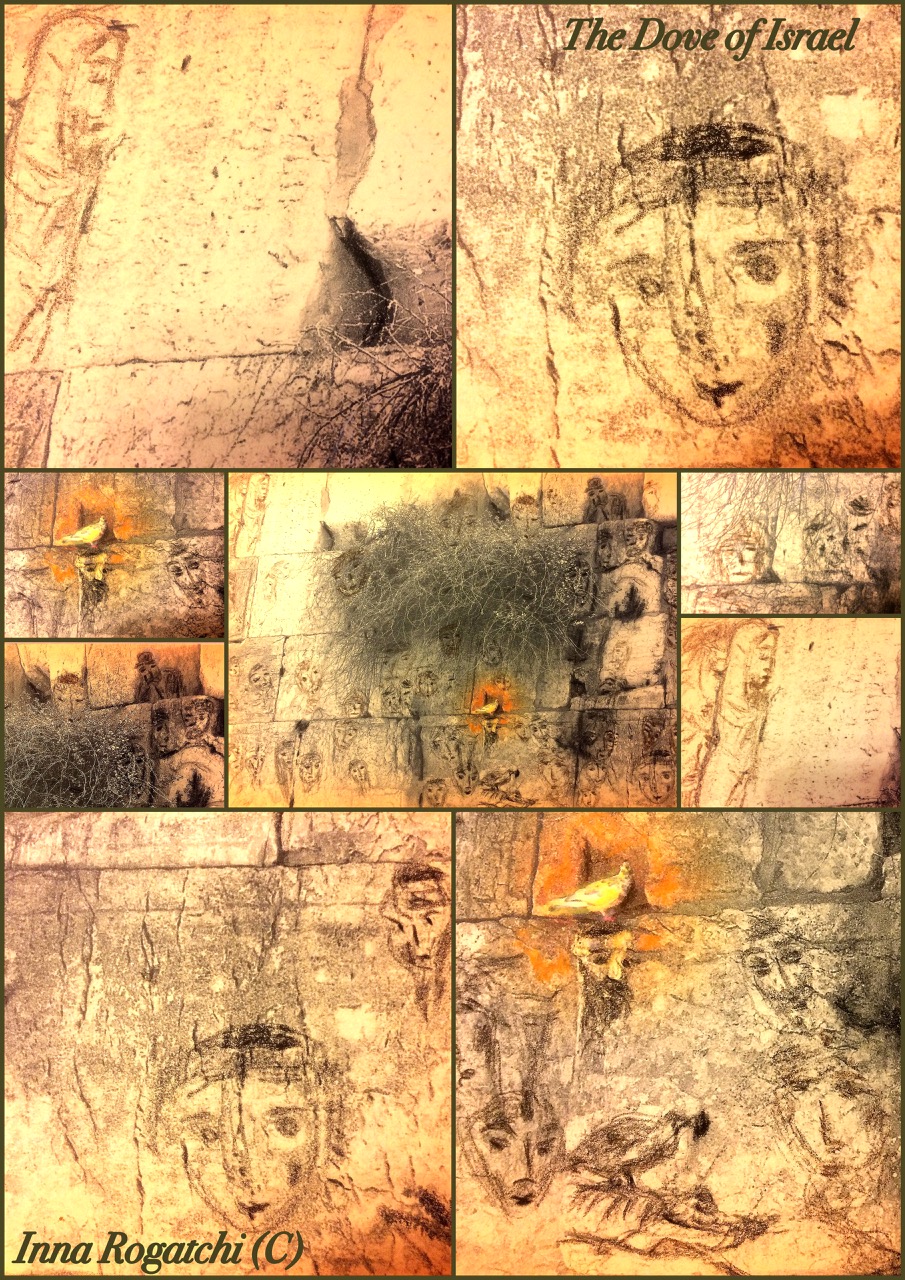 Inna Rogatchi (C). The Dove of Israel. Exclusive art poster. 70 x 50 cm. 2021.
Inna Rogatchi (C). The Dove of Israel. Exclusive art poster. 70 x 50 cm. 2021.
 Sarah Halimi rally poster. Credit: B’nai Brit France. With kind permission.
Sarah Halimi rally poster. Credit: B’nai Brit France. With kind permission.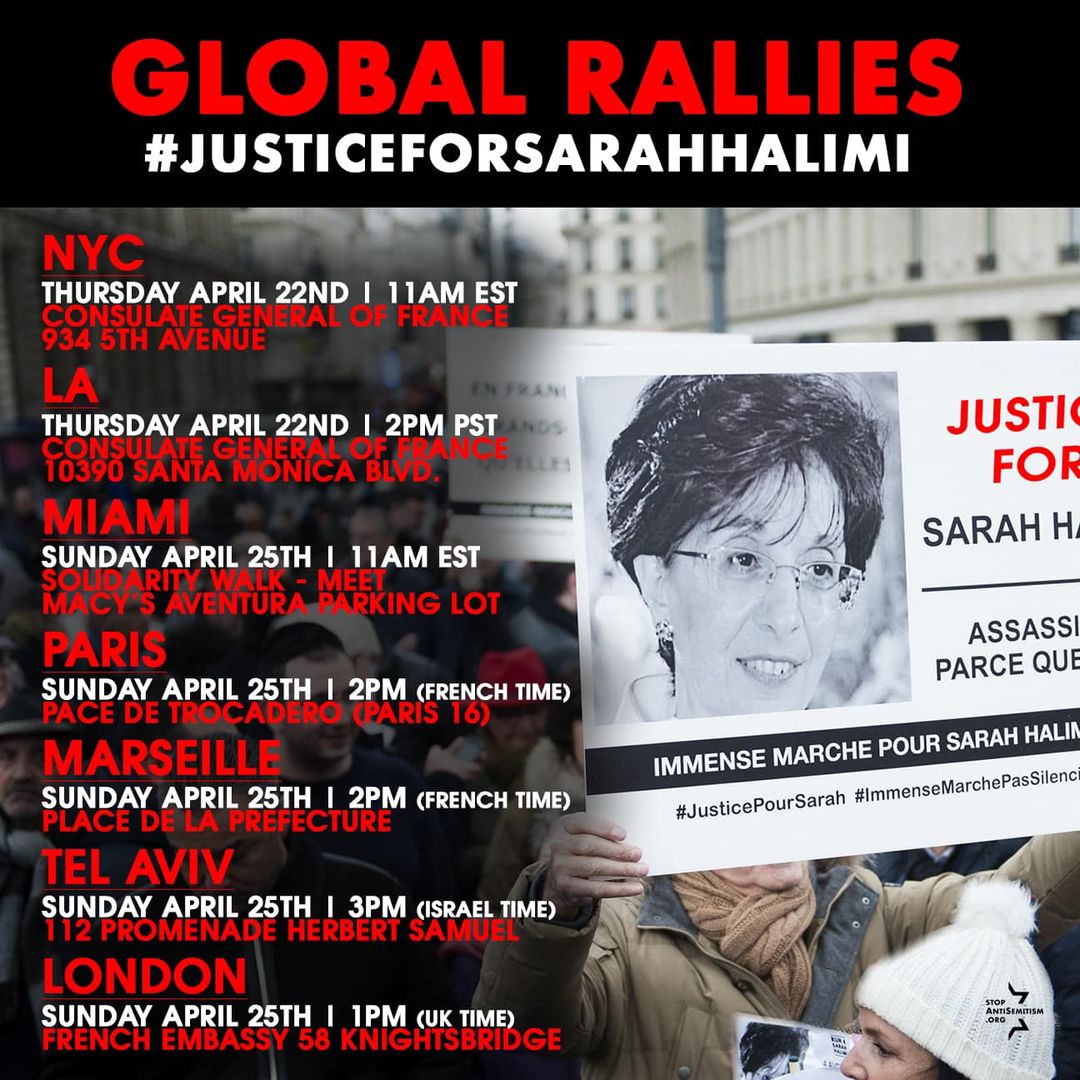 Sara Halimi international rallies. Credit (C) Alan Skorsky. With kind permission.
Sara Halimi international rallies. Credit (C) Alan Skorsky. With kind permission.
 Sarah Halimi murdered by Islamist fanatic in Paris in April 2017. Commons Images Library.
Sarah Halimi murdered by Islamist fanatic in Paris in April 2017. Commons Images Library. Inna Rogatchi in discussion with George Bensoussan. Memorial de la Shoah. Paris. April 2015. Courtesy (C) The Rogatchi Foundation.
Inna Rogatchi in discussion with George Bensoussan. Memorial de la Shoah. Paris. April 2015. Courtesy (C) The Rogatchi Foundation. Demonstration in Paris after the verdict of the Court of Cassations. Paris. April 2021. Credit: SIPA.
Demonstration in Paris after the verdict of the Court of Cassations. Paris. April 2021. Credit: SIPA.
 21, rue la Boetie, former house and business of art dealer Paul Rosenberg. Photo: Inna Rogatchi.
21, rue la Boetie, former house and business of art dealer Paul Rosenberg. Photo: Inna Rogatchi. Alexandre Alex Bujanover in Paris. the second part of the 1930s. Courtesy: The Rogatchi Archive.
Alexandre Alex Bujanover in Paris. the second part of the 1930s. Courtesy: The Rogatchi Archive. Alexandre Alex Rosenberg, with his comrade in arms, at the camp de Delville, 1944. Credit: Free France History. With kind permission.
Alexandre Alex Rosenberg, with his comrade in arms, at the camp de Delville, 1944. Credit: Free France History. With kind permission. Inna Rogatchi (C). Cry of Heaven. In Memory of Six Million. Original drawing. Watercolour, wax pastel, oil pastel, lapice pastel, crayons Luminance on white cotton paper. 60 x 40 cm. 2019.
Inna Rogatchi (C). Cry of Heaven. In Memory of Six Million. Original drawing. Watercolour, wax pastel, oil pastel, lapice pastel, crayons Luminance on white cotton paper. 60 x 40 cm. 2019. Biberach DP Camp, in between 1946 and 1947. Credit: Commons Images Open Archive.
Biberach DP Camp, in between 1946 and 1947. Credit: Commons Images Open Archive. Inna Rogatchi (C). Memories. Stop-Cadre II. Watercolour, wax pastel, oil pastel, lapice pastel, encre a l’alcool, perle le blanc on authored original archival print on cotton paper. 50 x 40 cm. 2017-2021.
Inna Rogatchi (C). Memories. Stop-Cadre II. Watercolour, wax pastel, oil pastel, lapice pastel, encre a l’alcool, perle le blanc on authored original archival print on cotton paper. 50 x 40 cm. 2017-2021. Inna Rogatchi (C). Two Alexes art collage. Watercolour, wax pastel, oil pastel, lapice pastel on authored original archival print on cotton paper. 50 x 50 cm. 2021.
Inna Rogatchi (C). Two Alexes art collage. Watercolour, wax pastel, oil pastel, lapice pastel on authored original archival print on cotton paper. 50 x 50 cm. 2021.
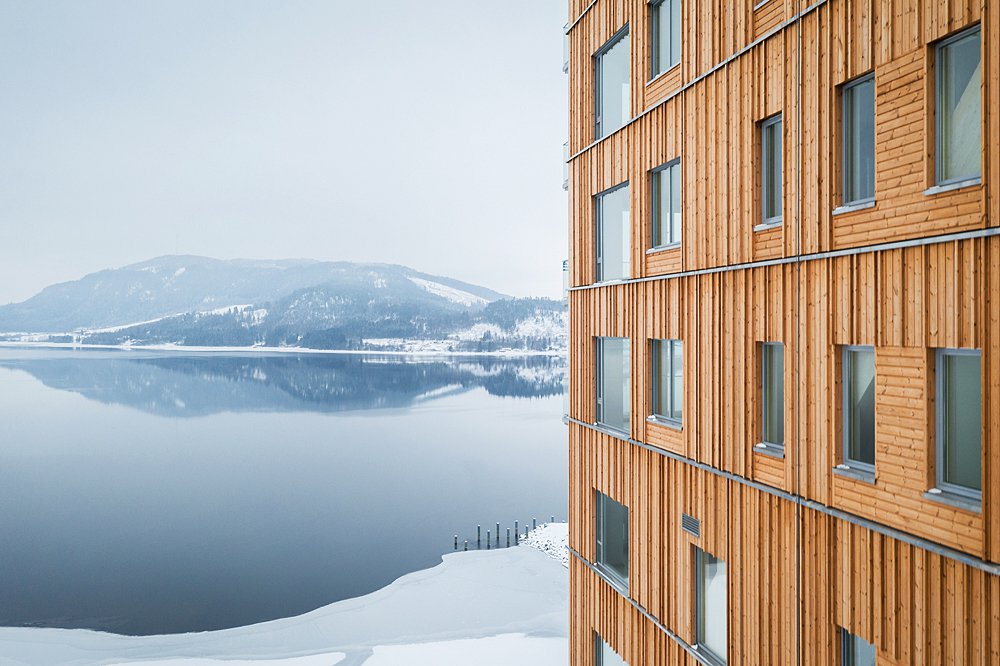

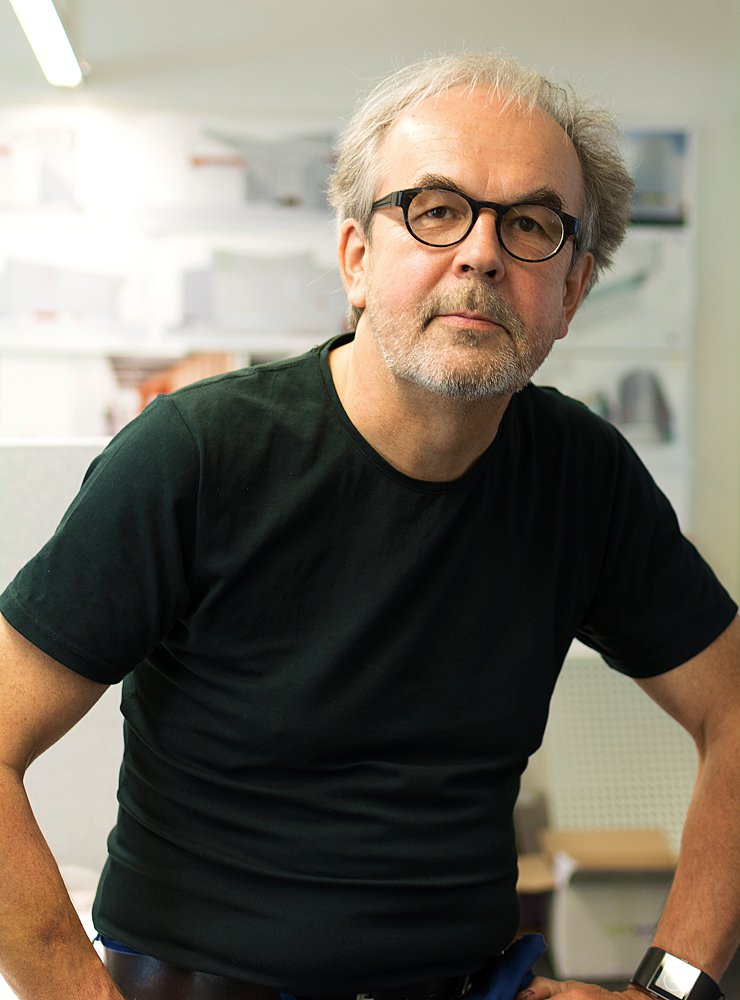

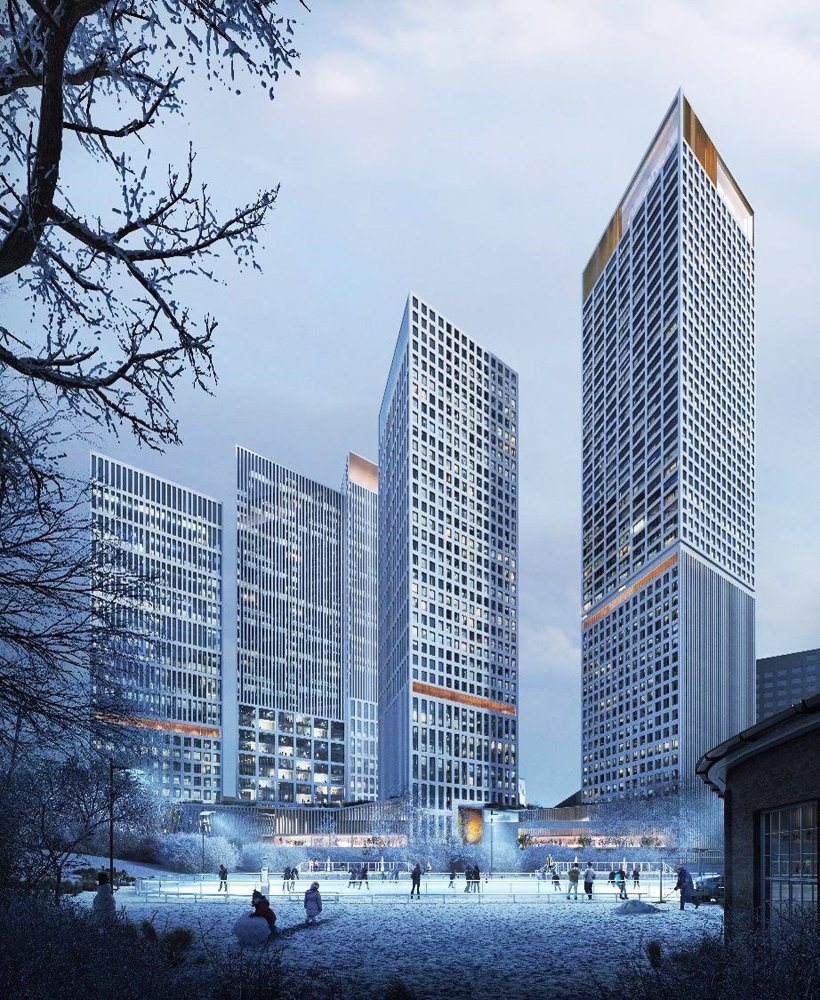


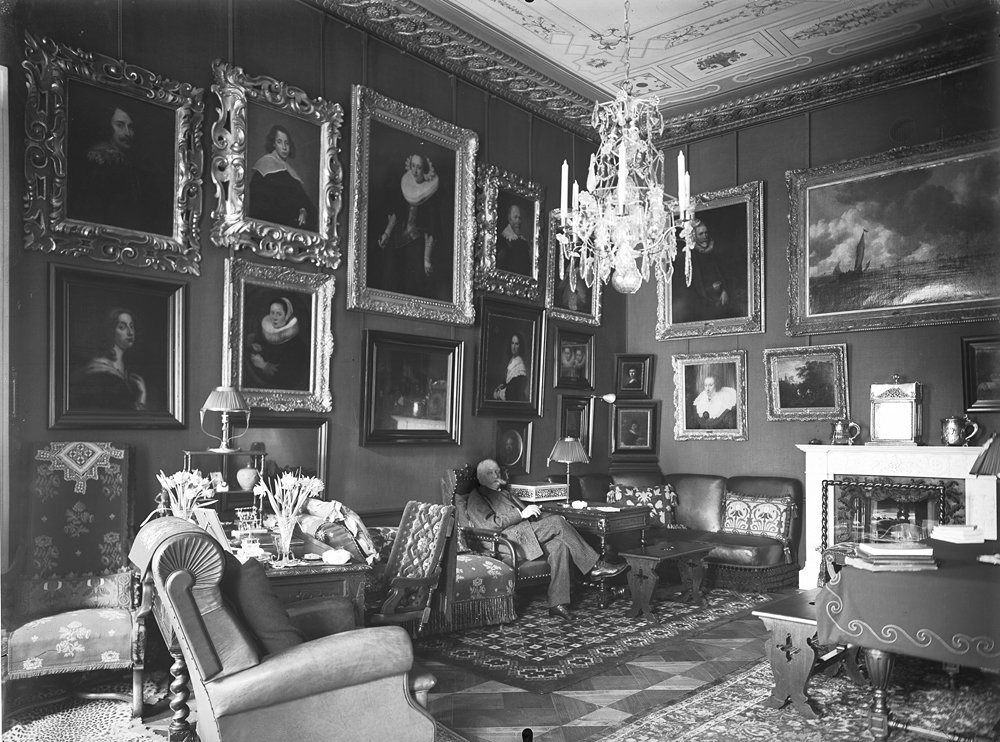
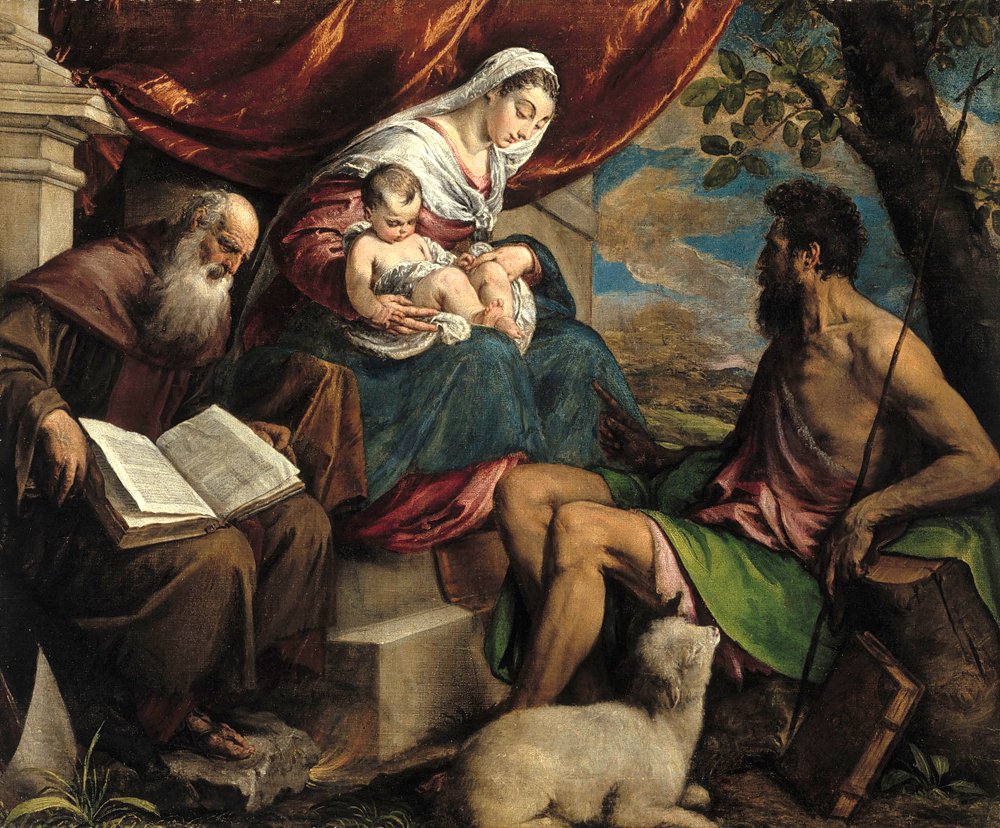

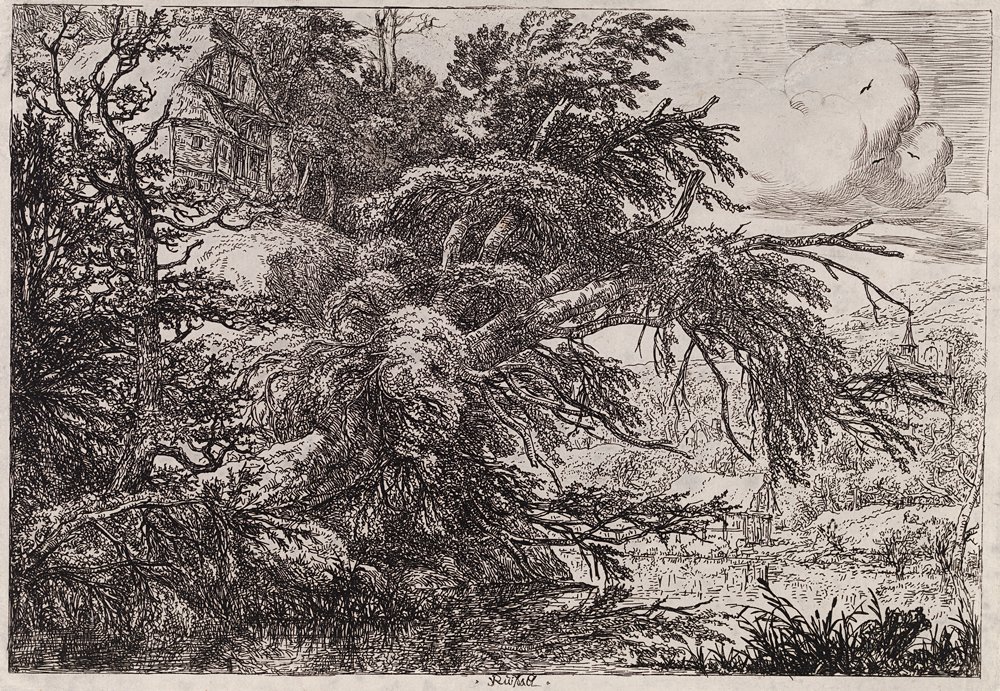



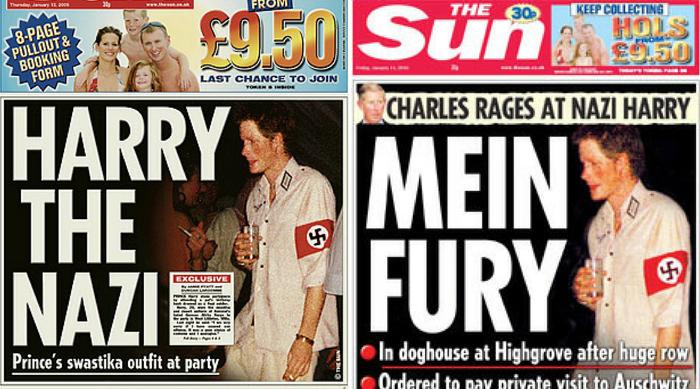 British media covers, 2015. (C) Wiki Commons Image Library.
British media covers, 2015. (C) Wiki Commons Image Library. American coverage , New York Post, 2015. (C) Wiki Common Images Library.
American coverage , New York Post, 2015. (C) Wiki Common Images Library. Wallis Simpson, 1936. (C) Wiki Common Images Library.
Wallis Simpson, 1936. (C) Wiki Common Images Library.

